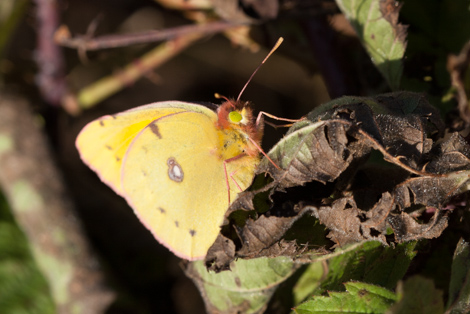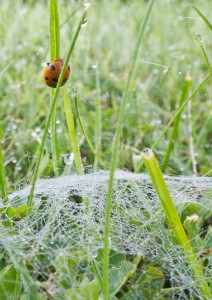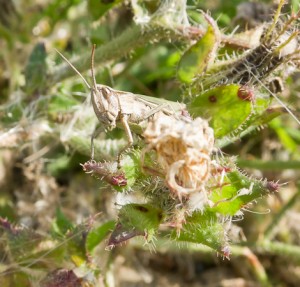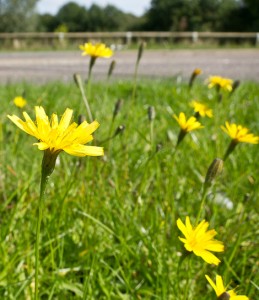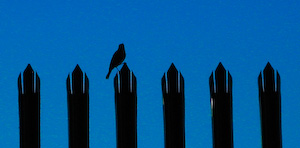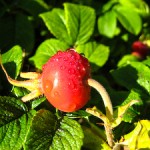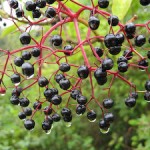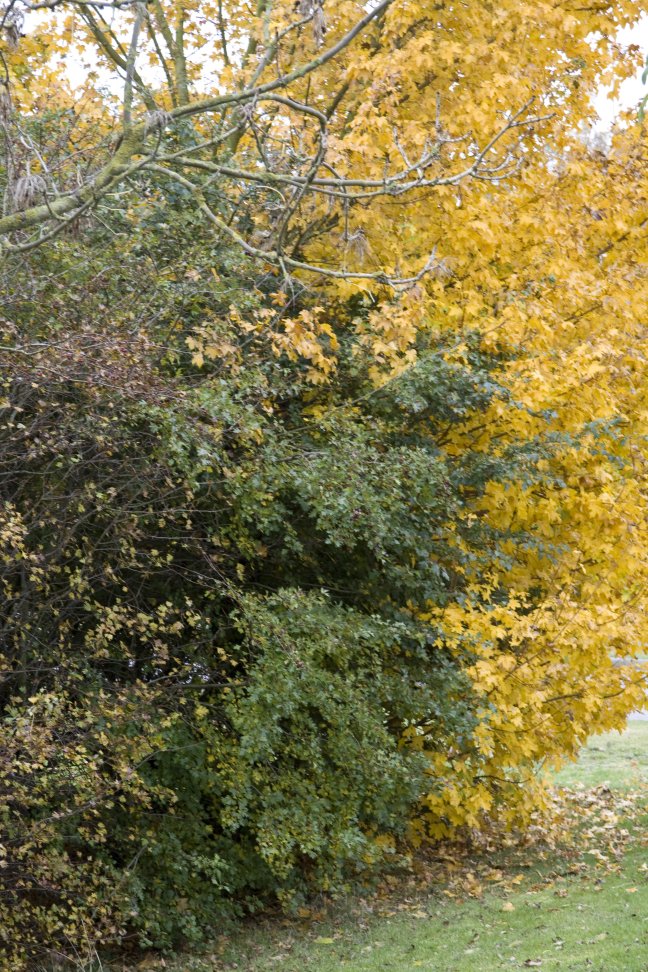Once the clocks go back at the end of October I start thinking about spring and the return of the insects. However, if the weather is warm there is still the chance to catch a few insects still on the wing. Wasps, flies and hoverflies are feeding on the last of the ivy flowers, and a few red admirals are sometimes be seen on windfall fruits and any remaining blackberries. However, the first of November this year yielded reports of 11 different butterfly species. I’m not sure if this is a record, but it certainly seems unusual.
What was more exciting for me was that in addition to the aforementioned admirable reds, I saw my second ever clouded yellow butterfly (colias croceus) and, I had a camera with me. This caught my eye initially because it looked like a leaf fluttering, but I soon realised it was a butterfly. A much deeper yellow than the brimstone which isn’t usually seen this late in the year, the clouded yellow is a migrant to the UK but once here as many as three broods can be produced in one year. Although not visible from the underside of the wings, the butterfly has a black border round the edges of the upper surface of the wings which gives rise to the clouded part of its name. The two sexes can be differentiated by the row of spots that are present in this border on the females. Unfortunately I didn’t get a chance to see this one close up when in flight so have no idea whether it was a girl or boy butterfly. Not that it matters, it was still an exciting find for any time of year, but more so for November.
